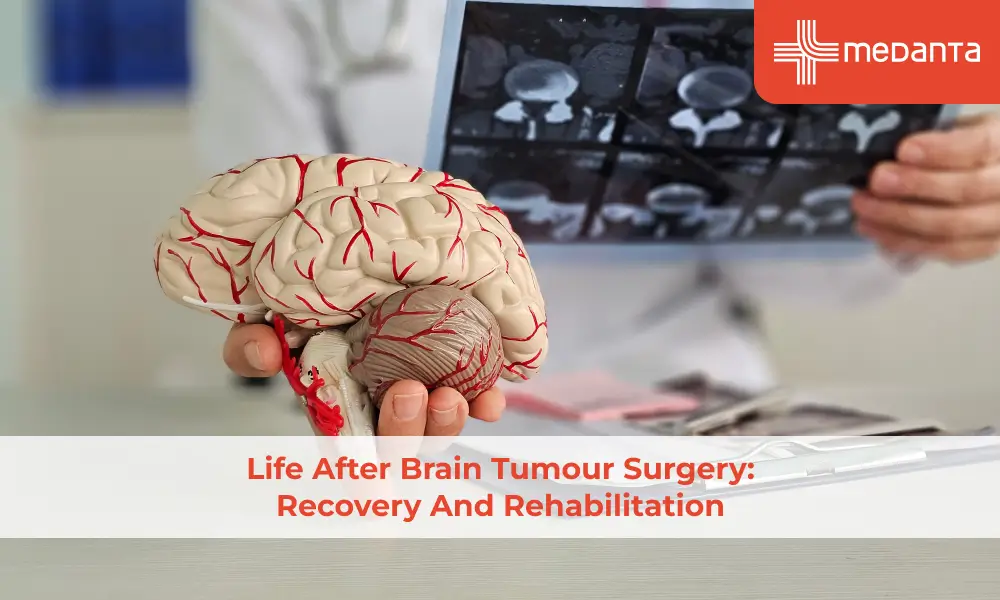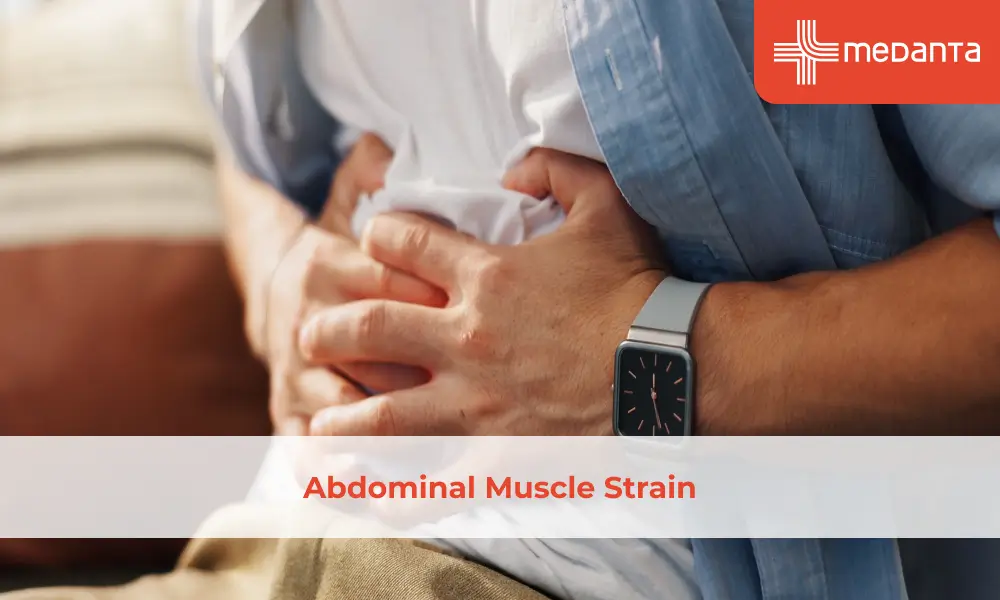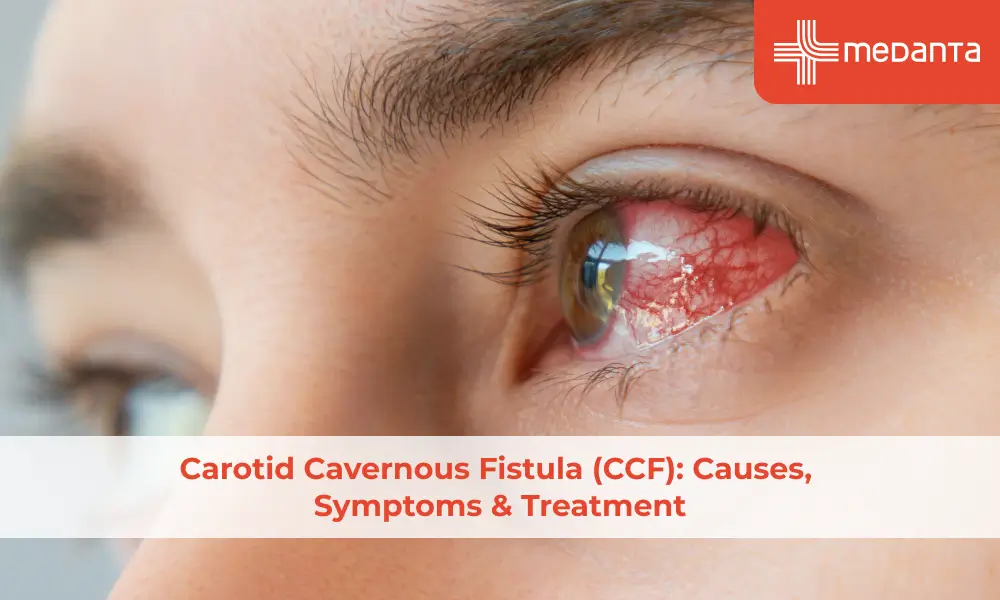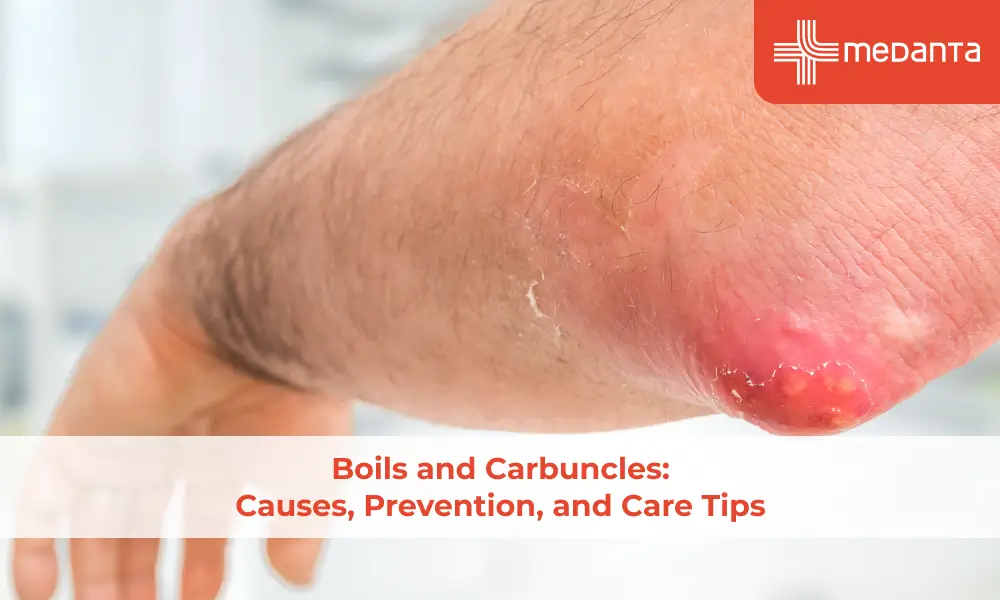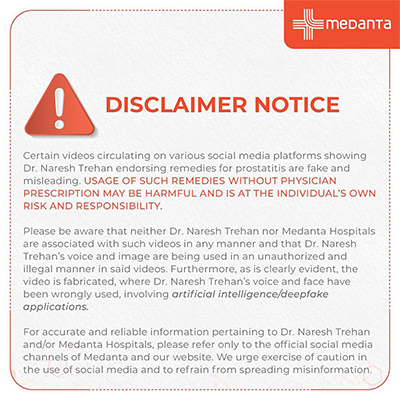20 Best and Worst Foods to Eat During Your Periods
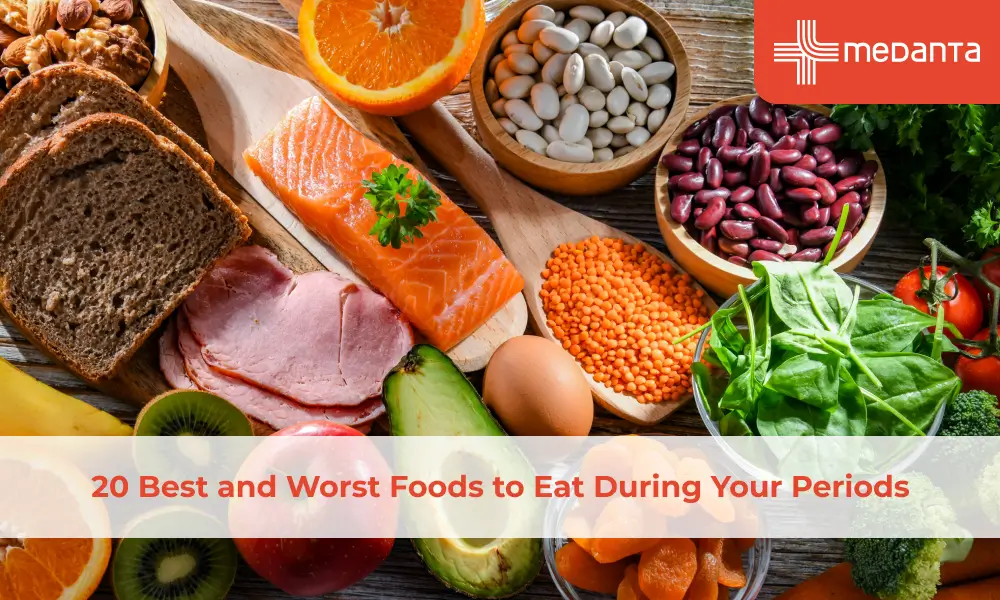
TABLE OF CONTENTS
Periods can be uncomfortable, tiring, and sometimes even downright painful. From cramps and bloating to mood swings and cravings, many women bear symptoms that make those days unbearable. Although most of the time, we resort to painkillers or heating pads, our diet during menstruation has huge implications for our well-being.
What you eat before and during your period can reduce pain, improve your mood, and increase energy. But it can also make it worse. Certain foods help to ease cramps and inflammation, while others can cause bloating, fatigue, and hormonal imbalances. But with so much conflicting advice, it's easy to fall for myths and misconceptions about period nutrition.
In this blog, we will discuss the best foods for menstrual cramps and what not to eat during periods. With some simple changes in your diet, you can feel lighter, healthier, and more in control every month.
Myths Surrounding Diets and Menstruation
Many myths surround the nutrition of the menstrual cycle, leading to poor food choices that aggravate the symptoms of periods.
Giving in to Cravings Won't Hurt: Sugary and salty foods can be comforting, but they increase bloating, inflammation, and mood swings. Instead, turn to dark chocolate, nuts, and fruits for satisfying the cravings without the adverse effects.
Skipping Meals Reduces Bloating: Staying hungry causes the body to fall into a state of low blood sugar and a state of fatigue, and irritability, which will make period symptoms even worse. In such cases, high-fibre, hydrating foods that are easy to digest and help with digestion are important.
Dairy Is the Best Source of Calcium: Calcium is an important part of your diet; however, important dairy products contain inflammatory fats that can worsen cramps further. Leafy vegetables, almonds, and plant-based milk are better sources of calcium.
Caffeine Relieves Fatigue: Caffeine worsens anxiety, dehydration, and cramps. Instead, try green tea or herbal teas to get a boost of energy without the side effects.
Spicy Foods Regulate Periods: Spicy foods don't hurry menstruation— they can cause bloating, acidity, and digestive problems. Try ginger and turmeric instead, which calm cramps.
10 Foods to Drink or Eat
The best way of a menstrual cycle nutrition is to eat nutrient-dense, anti-inflammatory foods. Here are 10 of the best foods for menstrual cramps and overall well-being during your period:
Leafy Greens (Spinach, Kale, Swiss Chard): Heavy periods can lead to iron deficiency, which causes fatigue and dizziness. Dark leafy greens are full of iron, magnesium, and fiber that help to replace lost nutrients and promote healthy blood flow.
Fatty Fish (Salmon, Mackerel, Sardines): Fatty fish are packed with omega-3 fatty acids that help reduce inflammation and ease period cramps. Omega-3s also promote mood stability, fighting against period-induced mood swings and irritability.
Bananas: Bananas are rich in potassium and vitamin B6, which both help to regulate muscle contractions and prevent bloating. They also contain natural sugars to satisfy period food cravings in a healthy way.
Dark Chocolate (70% or Higher Cocoa): If you're having a sweet craving, break out the dark chocolate. It's full of magnesium, which helps reduce cramping and boosts serotonin levels to improve your mood.
Ginger Tea: Ginger has anti-inflammatory properties and pain-relieving abilities, which help ease cramps and nausea. Drinking ginger tea may also reduce bloating and aid digestion.
Whole Grains (Oats, Quinoa, Brown Rice): Whole grains are rich in fibre that regulates blood sugar levels and hence prevents mood swings and energy dips. They also contain B vitamins that help with overall hormonal balance.
Nuts and Seeds (Almonds, Chia Seeds, Flaxseeds): Rich in healthy fats, magnesium and protein, nuts and seeds relieve bloating and cramping and provide energy that lasts. Flaxseeds are rich in lignans, which balance estrogen levels.
Curd and Probiotic-Rich Foods: Periods often lead to digestive issues. The probiotics in curd aid the gut and may prevent bloating and diarrhoea.
Watermelon and Oranges: These hydrating fruits are high in vitamin C and natural sugars, which help to alleviate the tiredness and headaches associated with dehydration. They also curb sugar cravings without spiking blood sugar.
Lentils and Beans: A good plant-based iron source, lentils and beans help to battle fatigue due to period-related loss of iron. Their high fibre content promotes healthy digestion as well.
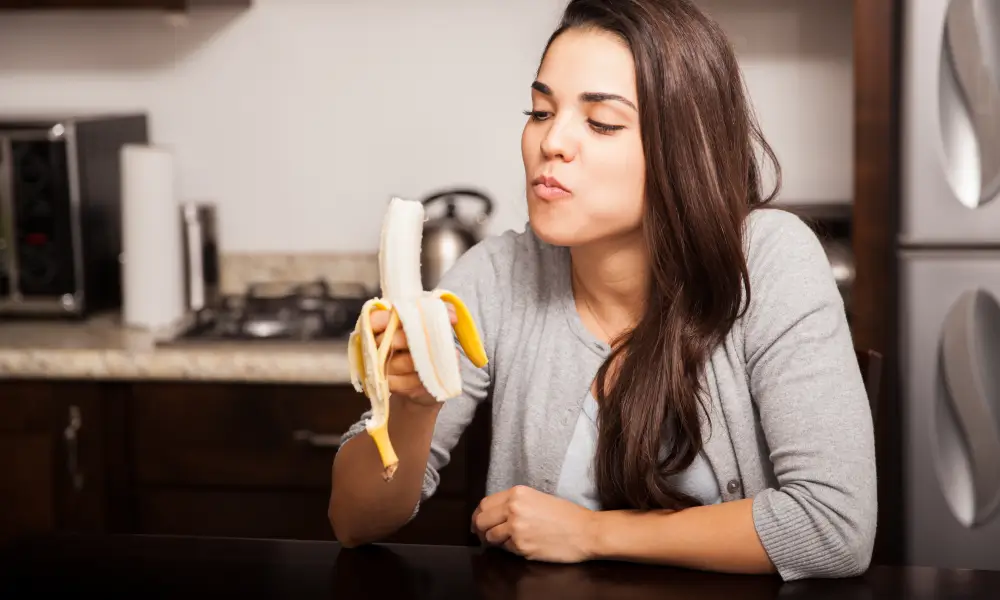
10 Foods to Limit or Avoid
While some foods bring relief, others ramp up cramps, bloating, and mood swings. Here's what not to eat during periods:
Processed Foods (Chips, Frozen Meals, Instant Noodles): High in sodium, these foods cause water retention and bloating. Too much salt can make you feel sluggish and cramp worse.
Caffeinated Drinks (Coffee, Energy Drinks, Soda): Caffeine constricts blood vessels, which can make cramping and breast tenderness worse. It also dehydrates the body, making bloating worse.
Sugary Snacks (Candy, Pastries, Ice Cream): Refined sugar causes blood sugar spikes and crashes, which leads to mood swings, fatigue, and worsened period cravings. Go for natural sugars from fruits instead.
Dairy (Full-Fat Milk, Cheese, Butter): Arachidonic acid in dairy causes inflammation and cramps. If you love dairy, go for low-fat or plant-based alternatives like almond milk.
Fried Foods (Fast Food, Deep-Fried Snacks): Trans fats and processed oils raise inflammation and bloating, which worsen period pain. Try baking or air-frying foods instead.
Red Meat: Although iron-rich, red meat also contains prostaglandins, which might bring about more uterine contractions and more excruciating cramps. Lean proteins like chicken or fish would be more desirable alternatives.
Carbonated Drinks: Soda, Sparkling Water, Flavored Beverages: They can trap gas inside the digestive system, which leads to bloating and discomfort. The ideal alternatives in this scenario would be pure water and herbal teas.
Alcohol: Alcohol dehydrates the body, making your headaches worse, bloating and mood swings. It also interferes with your sleep, which can make period fatigue even worse.
Spicy Foods: Spicy foods increase acidity and can cause stomach irritation, bloating, and indigestion during your period. If you love spice, go for milder options like turmeric or ginger.
Artificial Sweeteners: Used in diet sodas and sugar-free snacks, artificial sweeteners cause digestive discomfort and bloating. Use honey or stevia instead, which are all-natural.
Why Is Diet So Important During Periods?
Your diet during menstruation matters greatly in how you feel during your periods, both emotionally and physically. What you put into your body can either exaggerate or be used to control some of these period symptoms—cramps, bloating, mood swings, and fatigue.
Keeps Cramps And Inflammation At Bay: Some of these foods, like leafy greens, fatty fish, and nuts, have anti-inflammatory properties, which may help soothe the uterine muscles and ease period pain. Other foods, like processed foods and sugary snacks, may worsen inflammation and make cramps worse.
Regulates Mood Swings and Prevents Irritability: Hormonal fluctuations during a period may bring about mood swings, anxiety, and irritability. Eating food that is rich in vitamin B, omega-3, and magnesium-inclusive whole grains, salmon, and dark chocolate-helps in regulating neurotransmitters like serotonin and dopamine, thereby stabilising mood.
Combats Fatigue and Keeps Energy Levels High: Iron loss through menstruation can result in fatigue and weakness. Iron-rich foods such as spinach, lentils and lean meats prevent iron deficiency so that your energy levels will not be interrupted.
Reduces Bloating and Digestive Discomfort: Hydrating foods such as watermelon and cucumbers reduce water retention, while fibre-rich foods such as oats and curd promote healthy digestion to prevent constipation and bloating.
Wrapping Up
What you eat during your period matters more than you think. The right foods to eat during your period can make your cycle smoother and reduce the pains associated with it. On the other hand, the foods to avoid during periods can cause bloating, cramps, and mood swings in your life. Start making small changes in your diet to improve menstrual cycle nutrition and be at your best. If you need help with any period or menstruation-related concerns, then consult an expert gynaecologist as soon as possible!
FAQs
Can certain foods really help reduce period cramps?
Yes! Foods rich in magnesium, omega-3s, and fibre—like dark chocolate, salmon, and leafy greens—help relax muscles and reduce inflammation, easing cramps.
Is it bad to give in to sugar cravings during my period?
Occasionally, no. But processed sugars can cause blood sugar crashes and mood swings. Opt for dark chocolate, fruits, or nuts to satisfy cravings without negative side effects.
Does drinking more water help with period bloating?
Yes! Staying hydrated reduces water retention and bloating. It also prevents headaches and fatigue, common during periods.
Should I completely avoid caffeine during my period?
If you’re sensitive to caffeine, it’s best to limit it. Caffeine can worsen cramps and anxiety. Try green tea or herbal teas for a gentler energy boost.
What’s the best diet for managing period symptoms?
A balanced diet with iron-rich foods, anti-inflammatory fats, fibre, and hydration helps the most. Avoiding processed foods, caffeine, and sugar can also minimise bloating and cramps.

